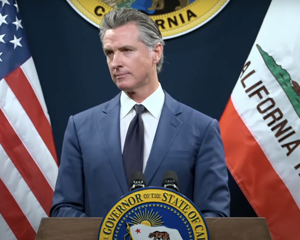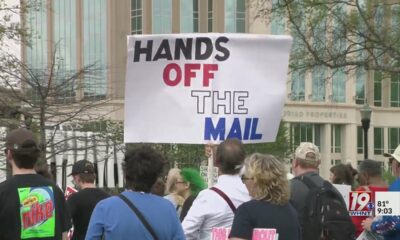
Vladstudioraw via iStock/Getty Images Plus
Claire B. Wofford, College of Charleston
President Donald Trump has begun to radically change how the U.S. government handles immigration, from challenging long-held legal concepts about who gets citizenship to using the military to transport migrants back to their countries of origin.
Trump’s administration is doing more than reshaping the approach of the federal government toward migrants: It has now ordered state and local officials to comply with all federal immigration laws, including any new executive orders. It has warned that if those officials refuse, it may criminally prosecute them.
The specter of a federal prosecutor putting a city’s mayor or a state’s governor in jail will raise what may be the greatest source of conflict in the U.S. Constitution. That conflict is how much power the federal government can wield over the states, a long-standing and unresolved dispute that will move again to the front and center of American politics and, in all likelihood, into American courtrooms.
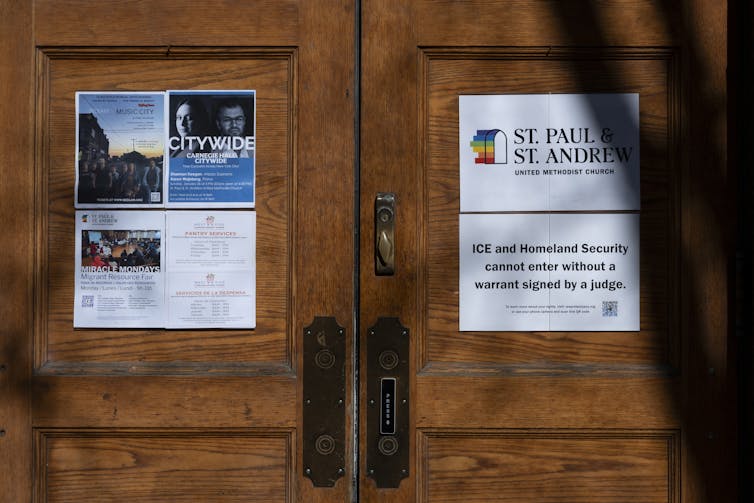
Mostafa Bassim/Anadolu via Getty Images
Investigate for potential prosecution
Besides the avalanche of executive orders remaking the federal government’s policies for the nation’s borders, a new directive from the Department of Justice provoked political backlash. Legal action may very well follow.
In the Jan. 21, 2025, memo, Acting Deputy Attorney General Emil Bove, one of Trump’s former private attorneys, directs federal prosecutors to “investigate … for potential prosecution” state and local officials who “resist, obstruct, or otherwise fail to comply” with the new administration’s immigration orders.
The memo lists multiple federal statutes that such conduct could violate, including one of the laws used to charge Donald Trump related to the Jan. 6, 2021, violence at the U.S. Capitol.
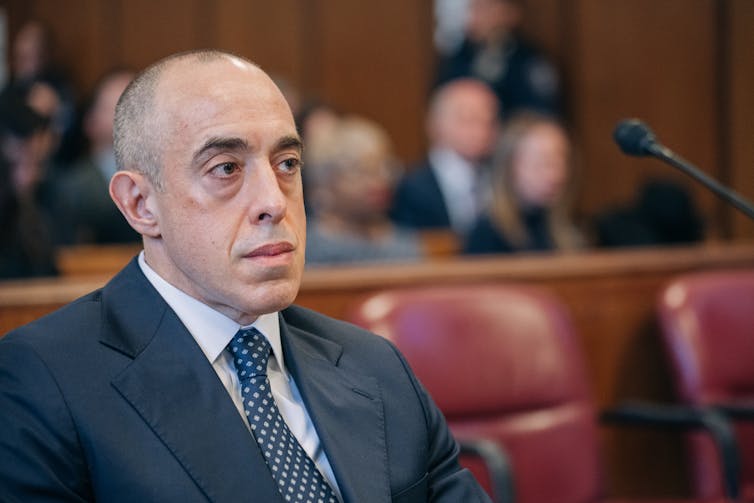
Jeenah Moon-Pool/Getty Images
Several of Trump’s executive orders, across a range of policy areas, have already provoked lawsuits. One was declared “blatantly uconstitutional” by a federal district court judge just three days after it was signed. Others fall easily within the bounds of presidential power.
But the Department of Justice memo is different.
By ordering federal prosecutors to potentially arrest, charge and imprison state and local officials, it strikes at a fundamental tension embedded in the nation’s constitutional structure in a way that Trump’s other orders do not. That tension has never been fully resolved, in either the political or legal arenas.
Bulwark against tyranny
Recognizing that division of power was necessary to prevent government tyranny, the nation’s founders split the federal government into three separate branches, the executive, legislative and judicial.
But in what, to them, was an even more important structural check, they also divided power between federal and state governments.
The practicalities of this dual sovereignty – where two governments exercise supreme power – have had to play out in practice, with often very messy results. The crux of the problem is that the Constitution explicitly grants power to both federal and state governments – but the founders did not specify what to do if the two sovereigns disagree or how any ensuing struggle should be resolved.
The failure to precisely define the contours of that partitioning of power has unfortunately generated several of the country’s most violent conflicts, including the Civil War and the Civil Rights Movement. The current Justice Department memo may reignite similar struggles.
As Bove correctly noted in his memo, Article 4 of the U.S Constitution contains the supremacy clause, which declares that federal laws “shall be the supreme Law of the Land.”
But Bove failed to mention that the Constitution also contains the 10th Amendment. Its language, that “(a)ll powers not granted to the federal government are reserved to the states or to the people, respectively,” has been interpreted by the Supreme Court to create a sphere of state sovereignty into which the federal government may not easily intrude.
Known as the “police powers,” states generally retain the ability to determine their own policies related to the health, safety, welfare, property and education of their citizens. After the U.S. Supreme Court’s 2022 decision in Dobbs v. Jackson Women’s Health removed federal protection for abortion rights, for instance, multiple states developed their own approaches. Marijuana legalization, assisted suicide, voting procedures and school curriculum are additional examples of issues where states have set their own policies.
This is not to say that the federal government is barred from making policies in these areas. Indeed, the great puzzle of federalism – and the great challenge for courts – has been to figure out the boundaries between state and federal power and how two sovereigns can coexist.
If it sounds confusing, that’s because it is. The country’s best legal minds have long wrestled with how to balance the powers granted by the supremacy clause and the 10th Amendment.
Push and pull
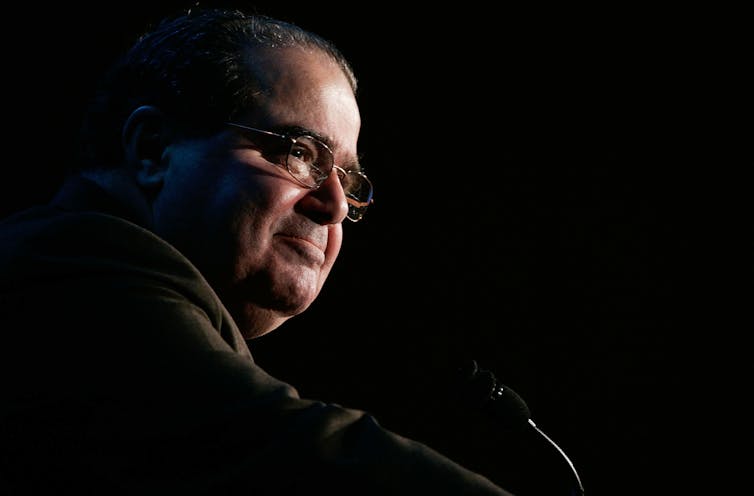
Alex Wong/Getty Images
Reflecting this tension, the Supreme Court developed a pair of legal doctrines that sit uneasily alongside each other.
The first is the doctrine of “preemption,” in which federal law can supersede state policy in certain circumstances, such as when a congressional statute expressly withdraws certain powers from the states.
At the same time, the court has limited the reach of the federal government, particularly in its ability to tell states what to do, a doctrine now known as the “anti-commandeering rule.” Were the Trump administration to go after state or local officials, both of these legal principles could come into play.
The anti-commandeering rule was first articulated in 1992 when the Supreme Court ruled in New York v. United States that the federal government could not force a state to take control of radioactive waste generated within its boundaries.
The court relied on the doctrine again five years later, in Printz v. United States, when it rejected the federal government’s attempt to require local law enforcement officials to conduct background checks before citizens could purchase handguns.
In an opinion authored by conservative icon Antonin Scalia and joined by four other Republican-appointed Supreme Court justices, the court held that the Constitution’s framers intended states to have a “residuary and inviolable sovereignty” that barred the federal government from “impress[ing] into its service … the police officers of the 50 States.”
“This separation of the two spheres is one of the Constitution’s structural protections of liberty,” Scalia wrote. Allowing state law enforcement to be conscripted into service for the federal government would disrupt what James Madison called the “double security” the founders wanted against government tyranny and would allow the “accumulation of excessive power” in the federal government.
Justice John Paul Stevens dissented, pointing out that the 10th Amendment preserves for states only those powers that are not already given to the federal government.
What happens at the Supreme Court?
The anti-commandeering and preemption doctrines were on display again during the first Trump administration, when jurisdictions around the country declared themselves “sanctuary cities” that would protect residents from federal immigration officials.
Subsequent litigation tested whether the federal government could punish these locales by withholding federal funds. The administration lost most cases. Several courts ruled that despite its extensive power over immigration, the federal government could not financially punish states for failing to comply with federal law.
One circuit court, in contrast, formulated an “immigration exception” to the anti-commandeering rule and upheld the administration’s financial punishment of uncooperative states.
The Supreme Court has never directly ruled on how the anti-commandeering rule works in the context of immigration. While the Printz decision would seem to bar the Justice Department from acting on its threats, the court could rule that given the federal government’s nearly exclusive power over immigration, such actions do not run afoul of the anti-commandeering doctrine.
Whether such a case ever makes it to the Supreme Court is unknown. Recent events, in which a Chicago school’s staff denied entry to people they thought were immigration agents, seem to be heading toward a federal and state confrontation.
As a court watcher and scholar of judicial politics, I will be paying close attention to see whether the conservative majority on the court, many of whom recently reiterated their support for the anti-commandeering doctrine, will follow Scalia and favor state sovereignty.
Or will they do an ideological about-face in favor of this chief executive? It would not be the first time the court has taken this latter option.![]()
Claire B. Wofford, Associate Professor of Political Science, College of Charleston
This article is republished from The Conversation under a Creative Commons license. Read the original article.












































